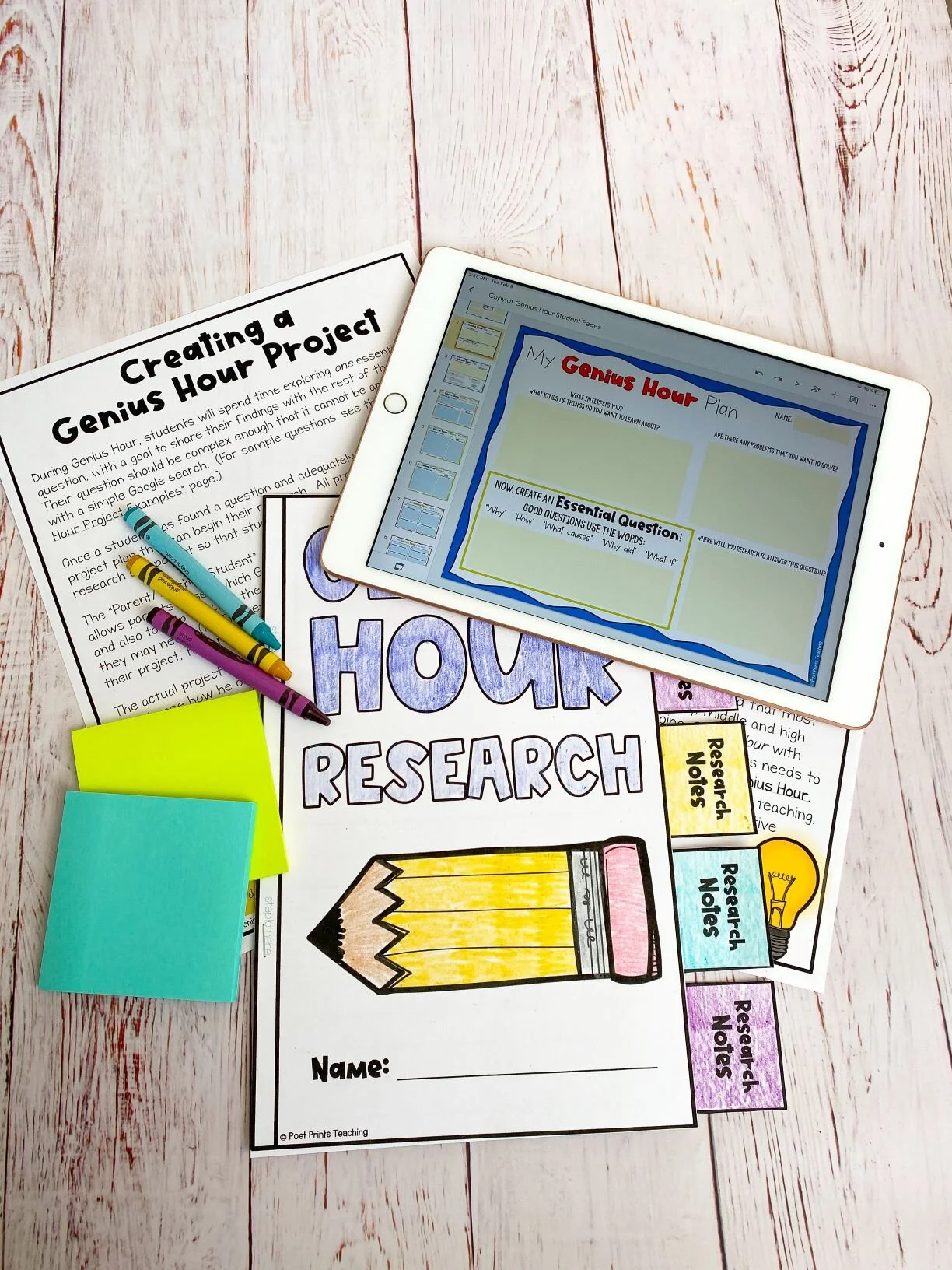There's something about being outdoors that is good for the soul. Thankfully, I live on the west coast of Canada so there are easily a half-dozen beaches within a ten-minute drive from my house, and they are stunning. Every time I go, there is something new to explore and discover. Biodiversity is a key part of our grade 3 science curriculum here in British Columbia and, between you and me, it's one of my favorite units to teach. There is just so much to unpack and the science lessons lend themselves so beautifully to student-centered learning. Take a peek at my ideas, activities, and tips for teaching biodiversity (the diversity of life) in elementary science.
Biodiversity: Lesson ideas, projects and freebies that teach all about our great big world.
Image: a globe is pictured falling into a pool of water.
keep the biodiversity local
We always study our local biodiversity. While teaching about biodiversity in Africa may seem exciting, (yay for lions and tigers and zebras!) there is so much biodiversity in our own backyard. Teaching about the local diversity of life helps to give my students an appreciation for the plant and animal life that exists right where we are!
Let us plan your biodiversity unit!
Looking for a whole unit? This complete biodiversity science unit features nonfiction reading passages, vocabulary, teacher-led lessons, project-based learning, a guided inquiry project, small group projects, and detailed teacher instructions all along the way. No planning needed, just print and that’s it!
get outside
I like to teach our biodiversity science lessons when the weather is most likely to be nice (although, on the wet west coast, nothing is guaranteed), so that we can head outside to try and observe biodiversity in our own schoolyard.
A number of times throughout the unit we will take a walk on our school grounds or in the neighborhoods surrounding our school. If your school policies allow this, a neighborhood walk is a free and fun field trip! We will head out with cameras or sketchbooks to make notes of the many different plants and animals that we observe on our way. My students are often so surprised at the wide variety of bugs/insects/plants/birds that they can find in just a short 20-30 minute walk.
If you are able to bring a couple of smartphones (I had parent or high school volunteers come for this), the app Picture Ths is great for identifying local plants. If this isn’t possible, the app also works from a picture! Students can snap photos of local plants near their homes, and you can identify them using the app at school from submitted photos.
follow student passions
Towards the end of our study of biodiversity, we move to student-led learning. After students are familiar with ecosystems, food chains, living and non-living things, and the components of our local ecosystem, it’s time for a little project-based learning. I let each student pick which part of our study of biodiversity interests them and RUN with it. I once had a student do a project on a species of local moss... not my first pick but it made him very excited to research!
Students zero in on one specific plant or animal and do more in-depth research. They place their subject into an ecosystem, learn about its place in the food chain, discover its diet, and explore any predator and prey relationships that it is a part of. The student becomes THE classroom expert on this plant or animal.
Image: An animal flipbook project on brown bears is displayed on a table. A flipbook rubric is behind the brown bear project.
We use my digital and printable animal research templates to complete these projects. It ends up being so fun to watch students dive deep into something they care about. At the end of the unit, we work together to come up with a way to share their learning. Some years we do formal presentations. Other years, we set up a ‘gallery walk’ where other classrooms can learn a bit about each animal. My personal favorite was the year we filmed each student presenting their animal like they were the host of a Discovery show, and compiled all of the presentations into a class movie!
“This fits in great with the BC Grade 3 Science curriculum. My 3s are enjoying the activities and I like that there are reading passages with questions for them to answer. So far we are half way through the unit and everyone is excited when it is time for Science! Thanks!” - Denise M. (A real-life teacher using the Biodiversity Science Unit in her classroom!)





















